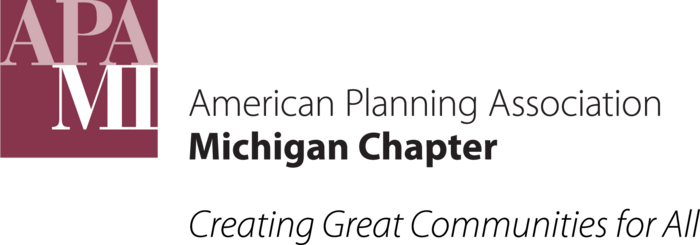Step 4: Create Road Map for Success
Even the most well-articulated vision cannot succeed without a clear implementation plan. The Waterfront Plan should outline a list of tasks for community staff, residents, officials, and consultants to pursue over the life of the plan.
Zoning
Locally regulating land use in areas subject to flooding, shoreline erosion, and other hazards is essential for the health, safety, and welfare of community residents. This authority is explicitly provided under the Michigan Zoning Enabling Act.
Creating a Zoning Plan
A zoning plan includes:
- A concise list of zoning ordinance amendments needed to implement the waterfront vision.
- Recommendations for entirely new zoning districts or overlays where necessary.
Zoning Considerations for Waterfront Property
Zoning for waterfront property differs significantly from inland property and must address the unique relationship between development and water. Communities will often need to create specific waterfront districts or overlays.
Key Zoning Tools
- Construction Setbacks:
- Setbacks from the ordinary high watermark reduce risks to public infrastructure and private investments.
- State setback requirements apply where Great Lakes shoreline erosion exceeds one foot per year. Communities can establish stricter local setbacks as needed.
- Groundwater and Surface Water Protection:
- Require secondary containment systems for hazardous materials.
- Prohibit dry wells that direct untreated runoff into water bodies.
- Use vegetative buffers and limit impervious surface coverage to protect surface water.
- Wetland Regulation:
- Implement standards exceeding DEQ requirements to protect sensitive wetland areas.
- Use Planned Unit Developments (PUDs) to restrict development in environmentally sensitive areas and encourage density elsewhere.
Updating Zoning Ordinances
The process of updating and amending a zoning ordinance can be straightforward. The plan should:
- List sections and text to be updated.
- Reference the vision to clarify intent.
- Be developed in consultation with planners, attorneys, engineers, and other professionals.
Capital Improvements and Infrastructure
Communities can also make direct investments in waterfront development and infrastructure. While capital improvements require more resources, they often have a long-term impact and can increase property values to offset costs.
Key Infrastructure Investments
- Preserving Land for Public Use:
- Purchase waterfront land for public recreation or preservation.
- Work with non-profit land conservancies to secure funding.
- New park spaces can increase property values and pay for themselves over time.
- Enhancing Shoreline Character:
- Use seawalls and other armoring methods for commercial and industrial zones.
- Incorporate natural shorelines, boardwalks, and fishing decks in recreational areas.
- Restore wetlands and floodplain forests where appropriate.
- Transportation Infrastructure:
- Move roadways inland to reduce flood risks and improve water access.
- Develop green streets to manage stormwater and reduce pollutants.
- Reroute or redesign roads in flood-prone areas and explore emergency routes and park-and-ride options.
- Sewer and Water Systems:
- Invest in sewer systems to eliminate reliance on septic systems, reducing nutrient pollution.
- While expensive, these investments protect water bodies and improve public health.

